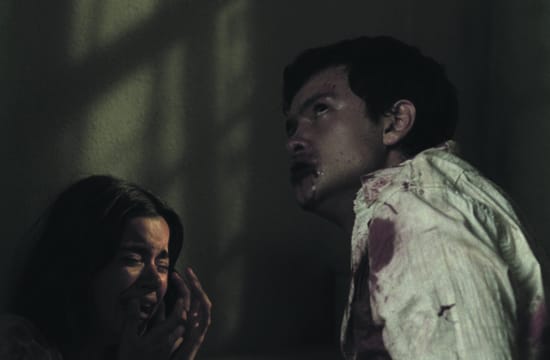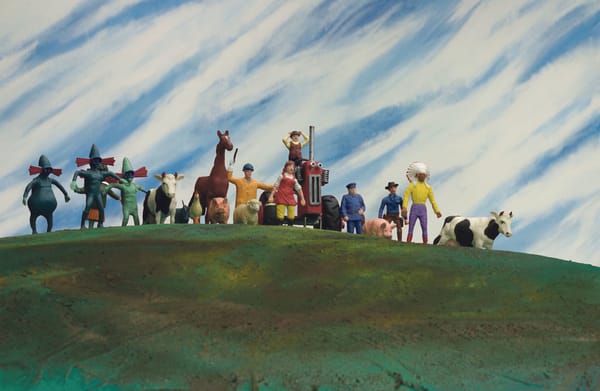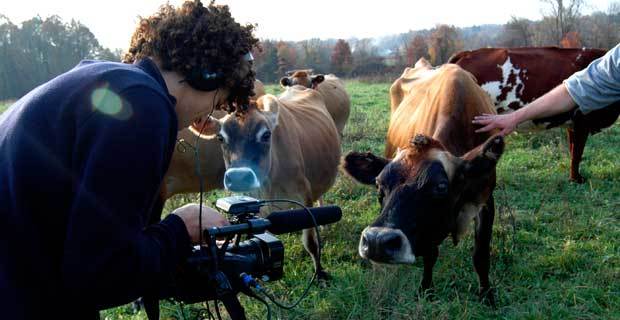Cannibals and modern family dysfunction
We Are What We Are doubles as shock horror and social satire

In 2004 I was travelling in Australia when someone dared me to go to the cinema. The idea was to go to see Super Size Me, the Morgan Spurlock documentary, whilst eating two super-sized McDonald’s Big Mac meals. I succeeded in the challenge although it put me off McDonald’s for the duration of university. I extend that dare to anyone, anywhere, to eat anything even remotely meaty whilst watching the new Mexican horror film based on a family of cannibals, We Are What We Are.
The film starts off with an old dying man in a mall, gazing open-mouthed at some partially naked mannequins. It turns out the man has a “whore problem” but unfortunately the problem isn’t of the blatantly obvious variety – an autopsy reveals a partially-digested woman’s finger in the man’s stomach after he dies. This seals the fate of the family who are dependent on his “hunting” skills. What follows is a rite of passage film that promotes the son of the family to the new “leader”. Shocking as it is the film will eventually have you rooting for Alfredo to catch his first victim, whether that be a whore (like his father’s tactics) or a homosexual, who Alfredo finds much easier to seduce before dinner.
It’s pretty slow moving but that gives you time to ask yourself plenty of questions like “can I ever eat meat again?”
The real genius of the film, however, is not in the raw flesh and shock-goretastic violence, like most of the horror films out this time of year, but it’s in the questions posed by the narrative. As you’re watching, you slowly begin to learn why someone would be eating someone else in the first place. It’s pretty slow moving but that gives you time to ask yourself plenty of questions like “can I ever eat meat again?” or “why does the family have 500 clocks in their living room?” Although you don’t actually see any human-sandwiches being consumed we do get treated to the visible and audible feast of “the ritual”. I can tell you now that the Foley artists would have had a great day when they got to make these sound effects.
Heralded as a social satire, the film examines many issues in Mexico and worldwide. It touches upon corruption, poverty, violence and centres on modern day family dysfunction. Using food, albeit people food, is an interesting way to highlight these points. (Isn’t our government always saying we don’t eat enough meals as a family?) This is one film that is definitely worth a viewing, though watch out for the daughter in the family. Don’t be fooled by her looks and sense of family loyalty, she’s hiding a nasty homosapien hunger under her cute white dress.







